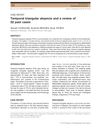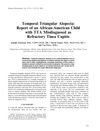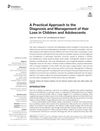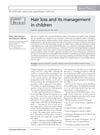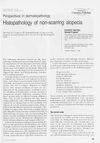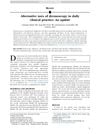Fixed Focal Alopecia for 20 Years
November 2011
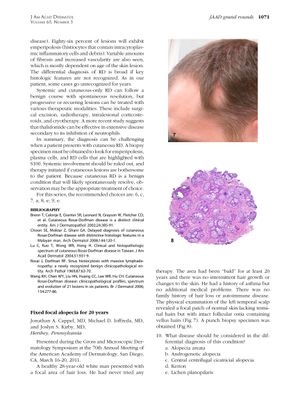
TLDR The man has Temporal Triangular Alopecia, a stable, non-scarring hair loss condition best treated with hair transplantation.
A 28-year-old man presented with a 20-year history of focal hair loss on his left temporal scalp, which was stable with no intermittent hair growth or skin changes. The biopsy revealed normal skin with vellus hairs but no terminal hairs, and the diagnosis of Temporal Triangular Alopecia (TTA) was considered. TTA, also known as congenital triangular alopecia, is a nonscarring, noninflammatory form of hair loss that typically presents in the frontotemporal area and is most often acquired between 2 and 9 years of age. It is frequently misdiagnosed as alopecia areata but can be distinguished by its stable, lancet-shaped patch of hair loss and lack of response to steroid treatments. Histologically, TTA shows normal to low-normal follicle density with miniaturized hairs and no evidence of inflammation, which can be confused with androgenetic alopecia. Treatment options include excision or hair graft transplantation. Out of 53 detailed cases, there was no sexual predilection, and the condition was more often present at birth or noted between 2 and 9 years of age. The recommended choices for the differential diagnosis and characteristics of TTA in this series are alopecia areata, temporal triangular alopecia, 2-9 years of age, androgenetic alopecia, and complete excision or hair graft transplantation as the only effective treatments.
